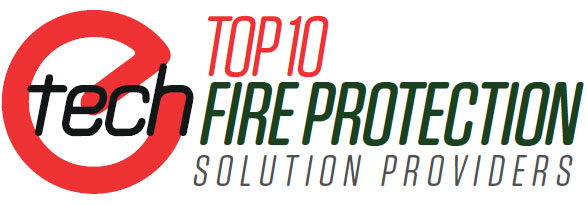
Has Virtual Reality Made Fighting Fire an Easy Job?
Enterprise Technology Review | Wednesday, November 27, 2019

As threats of global warming and its effects become more apparent, new methods to train firefighters have been introduced that are both safe and more economical than the traditional training techniques.
FREMONT, CA: The digital world recently welcomed the new firefighting training technology that has everything, including heat, hoses, smoke, and the challenge of extinguishing flames. Still, it’s all virtual reality and takes place within the goggles. The technology helps to train the firefighters in different dangerous scenarios, even without going outside the classroom.
Developed by university academics, the new training technology lends a hand in preparing the firefighters for complicated and unsafe scenarios. These situations are difficult to create using traditional training methods and are no longer possible due to constraints like environmental, community, and regulatory.
Additionally, with a virtual reality headset and breathing apparatus, it involves an industry-standard hose-line system and protecting clothing, which produces real-like heat generation. Whenever a
firefighter approaches or becomes unsuccessful in controlling the fire, the system increases the temperature. The technology helps firefighters experience particular scenarios that can otherwise become too risky as well as expensive to duplicate.
The expenses are done in building training scenarios for fire, and emergency services can go way beyond the budgets and end up being expensive in the environmental terms as well. At the same time, the long-standing exposure to the possible carcinogenic emissions from fires and foam retardants for firefighters and trainers gives rise to health risks. The virtual reality system is built to accommodate the growing need to train new firefighters and has been taken up by more than 15 countries all over the world.
The staff at the airports have also been getting trained with the help of the innovation, because of the mobility of the technology that could take it to various businesses. The new tool allows the trainers as well as the fighter to have a close approximation to the experience of a range of unsafe fire scenarios. Besides that, the virtual reality system also offers an alternative to the use of lethal firefighting foam in training scenarios. There were residues found from firefighting foam on the groundwater supply in sites that could impact human health, keeping in mind its toxic nature.
Check This Out: Top AR/VR Solution Companies
Read Also










